|
|
|
|
The suspect who rammed his truck into a Muslim family in London, Ont., killing four of its members and orphaning a child, has been charged with terrorism.
For many, the details of the attack have been difficult to process. It has left us asking how we begin to make sense of such senseless violence.
The past year and a half has been tumultuous, from inequalities laid bare by the pandemic to police brutality, anti-Asian racism, the unearthing of graves at a residential school, and now, the attack in London, Ont. Parents are asking how they can help their kids cope with everything happening around us.
Today in The Conversation Canada, Javeed Sukhera from Western University, who had a personal connection to the Afzaal family, writes about the impact of these tragedies on children and offers advice on helping them cope with trauma.
We must listen to our children, give them the space to process their emotions and have those conversations when they're ready to have them. As Sukhera notes: “Healing is a process, not a checklist.”
Also today:
All the best,
|
Ibrahim Daair
Assistant Editor | Culture + Society
|

|
|
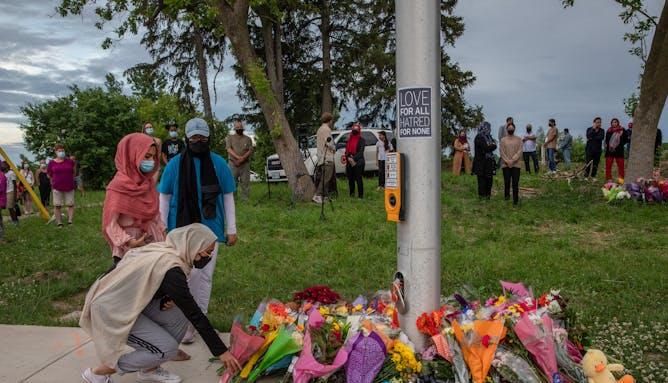
Mourners gather at the site of the attack on a Muslim family in London, Ontario. After tragedy, there is no one way to recover from trauma.
THE CANADIAN PRESS/Brett Gundlock
Javeed Sukhera, Western University
Racial trauma in society has been challenging for all of us, especially children and teens. There are practical steps we can all take to help ourselves and our kids heal.
|

La Havre, France, at sunset, with the port in the background.
(Shutterstock)
Sylvain Roche, Sciences Po Bordeaux
Carbon emissions from maritime shipping and port activities are on the rise. But city ports are finding ways to reduce their carbon footprints and reconnect with nearby cities.
|
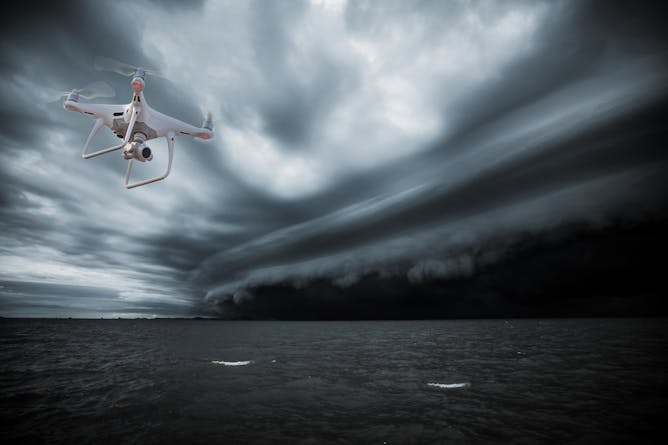
Does adverse weather severely reduce the amount of time drones can be flown safely?
(Shutterstock)
Maja Kucharczyk, University of Calgary; Chris Hugenholtz, University of Calgary; Mozhou Gao, University of Calgary; Paul Nesbit, University of Calgary; Thomas Barchyn, University of Calgary; Thomas Fox, University of Calgary
New research uncovers the impact of weather on the safe operation of common commercial drones.
|
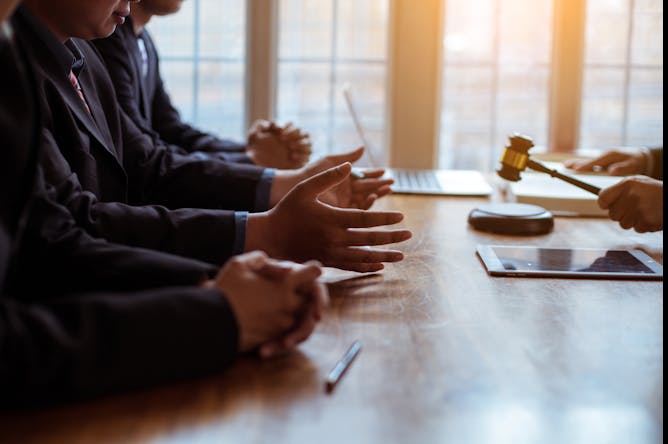
Anti-SLAPP law allows cases to be dismissed if they relate to public interest speech unless the case has merit and proceeding is in the public interest.
(Shutterstock)
Hilary Young, University of New Brunswick
Anti-SLAPP laws are useful, and we need more of them across the country. They allow certain lawsuits to be dismissed at an early stage if they relate to public interest speech.
|
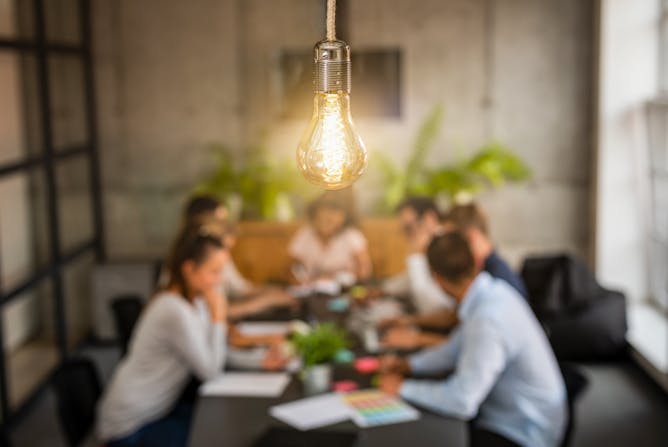
Innovation and entrepreneurs will be essential for economies to recover and build resiliency following the pandemic. Business accelerators, a mechanism to support and grow new ventures, will need to evolve to help them survive and thrive.
(Shutterstock)
Diane A. Isabelle, Carleton University
New entrepreneurs borne of the pandemic will need support to survive and thrive after the crisis. Here's how business accelerators need to change in order to help them succeed post-pandemic.
|
La Conversation Canada
|
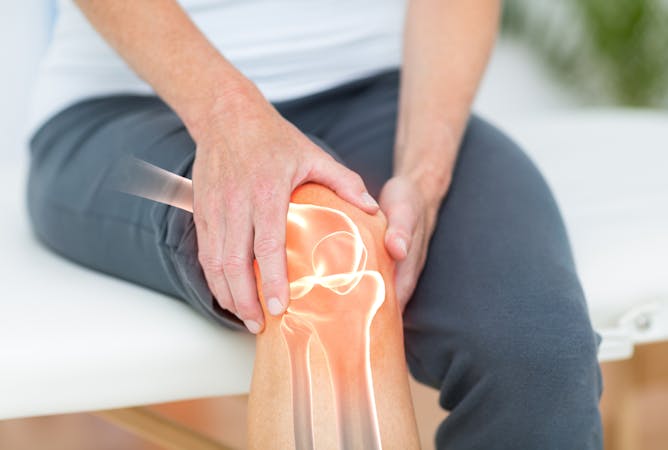
Il est aujourd’hui connu que l’arthrose n’est pas uniquement une condition associée au vieillissement. Elle peut être induite par des contraintes sur le cartilage, la petite membrane qui protège les os de notre genou.
(Shutterstock)
Nicola Hagemeister, École de technologie supérieure (ÉTS); Manon Choinière, Université de Montréal; Nathalie Bureau, Université de Montréal; Nathaly Gaudreault, Université de Sherbrooke ; Neila Mezghani, Université TÉLUQ
Une technologie qui mesure en temps réel les mouvements en 3D du genou ainsi que ses rotations non visibles à l’œil nu permet d’évaluer l’articulation avec plus de précision et d’objectivité.
|
Science + Technology
|
-
David S. Wall, University of Leeds
Ransomware has gone professional, with criminal consultants, affiliates and brokers – arresting them all will be difficult.
|
|
Culture + Society
|
-
Christian Ungruhe, Erasmus University Rotterdam; Sine Agergaard, Aalborg University
Given the impact of African players in European football, it's remarkable how few are able to secure jobs in football in Europe after their playing days end.
|
|
COVID-19
|
-
Tracy Epton, University of Manchester
Psychologists have identified three potential barriers to vaccination: capability, opportunity and motivation.
|
|
| |
| |
| |
| |
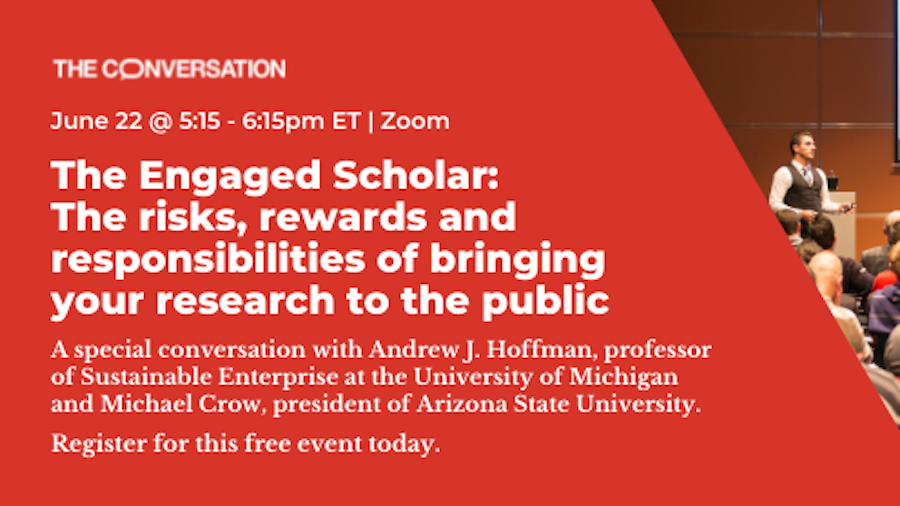
|
| |
| |
| |
| |
| |
| |
| |
| |
|
|
|
|
|
|
|